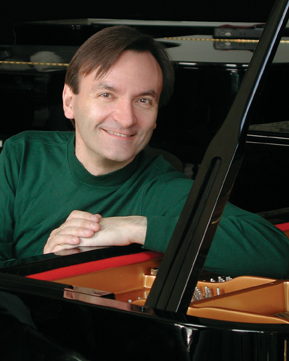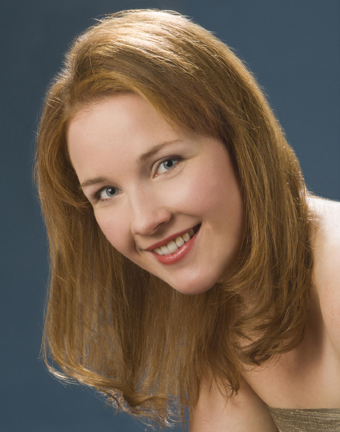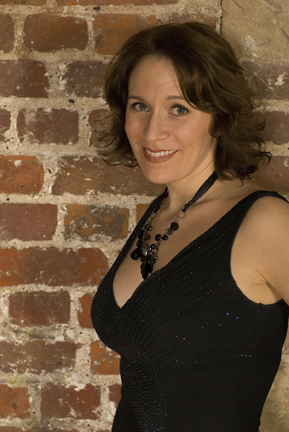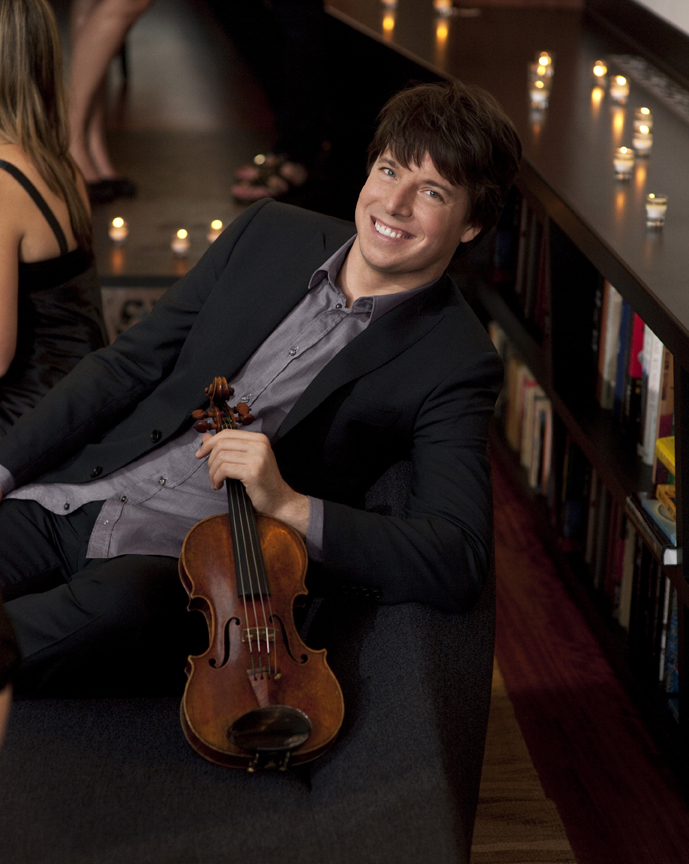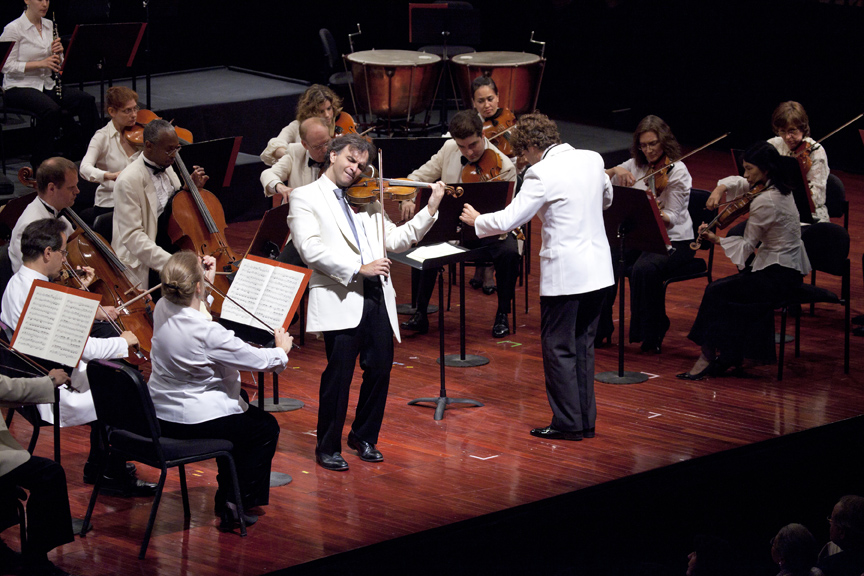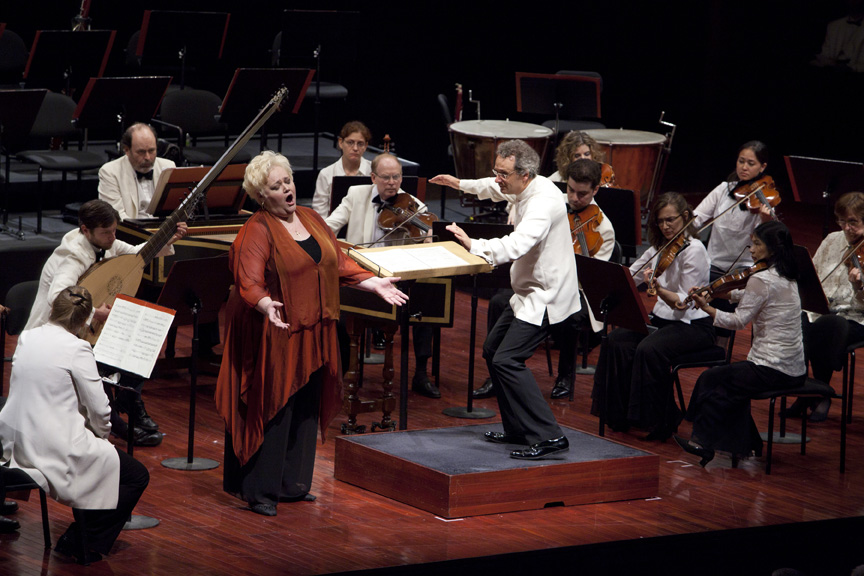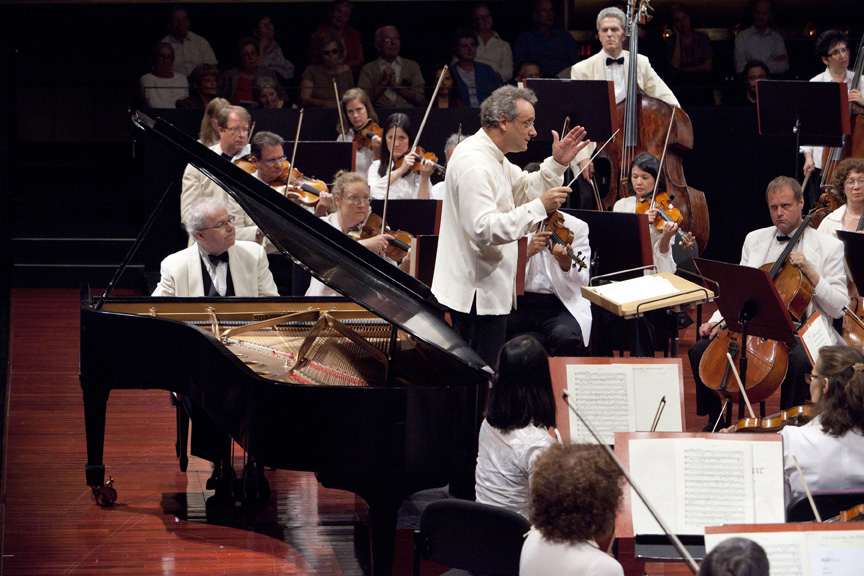The Festival dedicated its final concert to the genius for whom it was named with an all-Mozart program: the Piano Concerto No. 21 in C major, K.467, and the Cantata “Davidde penitente,” K.469, both written in 1785. The Cantata is not performed as often as it deserves. It was written at the request of a Viennese charitable Artists’ Society devoted to looking after the widows and orphans of musicians. Mozart was a member of the organization and had promised to compose a choral piece for a benefit concert, but was too busy to create a major original work, so he took parts of his own unfinished C-minor Mass and just added two new arias. He used an Italian text based on the Psalms of David, said to have been provided by Lorenzo da Ponte, his later librettist. Thus, the music is vintage Mozart, with many grand choruses using complex counterpoint, and extraordinarily difficult arias that would not be out of place in any of his operas. The soprano goes up to high D’s and E’s and engages in spectacular vocal acrobatics; the tenor has a long “scene” with almost equally demanding coloratura passages. The soloists at this concert did nobly, but could not conceal hints of struggle. The chorus was wonderful; Langrée handled his large forces admirably.
The C-major Piano Concerto became famous because the slow movement was used in a film called “Elvira Madigan;” many people became familiar with it who would never have heard the concerto. It is one of Mozart’s sunniest, most beautiful works; its tunes are simple but can be endlessly developed; the solo part is brilliant; the scoring includes timpani and a full complement of winds. The lovely slow movement shows Mozart at his most romantic, the Finale at his most playful. Stephen Hough played it with ease, elegance and expressiveness; he used his own stylistic, effective but unostentatious cadenzas. His encore, Schumann’s “Träumerei,” was properly dreamy but a bit too free.
The orchestra was in top form all summer, but the balance favored the winds and percussion under every conductor. Under Langrée, the timpanist frequently entered a split second too early, especially at the beginning of a piece; later, he seemed to settle into the beat. The concerts were very well attended, and it was a pleasure to watch the unstinting enthusiasm with which the audiences gave standing ovations to the orchestra and all the conductors, demanding encores of practically every soloist. Another observation was more troubling: the number of wheelchairs, crutches, walkers and canes seems to increase not only every year, but also in the course of a single season. In a way, though, this may be encouraging: it indicates that more and more people with disabilities are determined to participate in New York’s cultural life and enjoy its abundant offerings.

